In Northern California, the Sulphur Bank Mine stands as a significant environmental issue, a relic of the state’s gold rush era. Once a major mercury source, the mine’s residue now poses a severe risk to the surrounding ecosystem and local communities.
The U.S. Environmental Protection Agency has embarked on a $94 million cleanup effort, reflecting the gravity of the situation. This initiative, the largest of its kind in California, aims to address the hazardous waste left behind.
The Historical Impact of Mining Operations
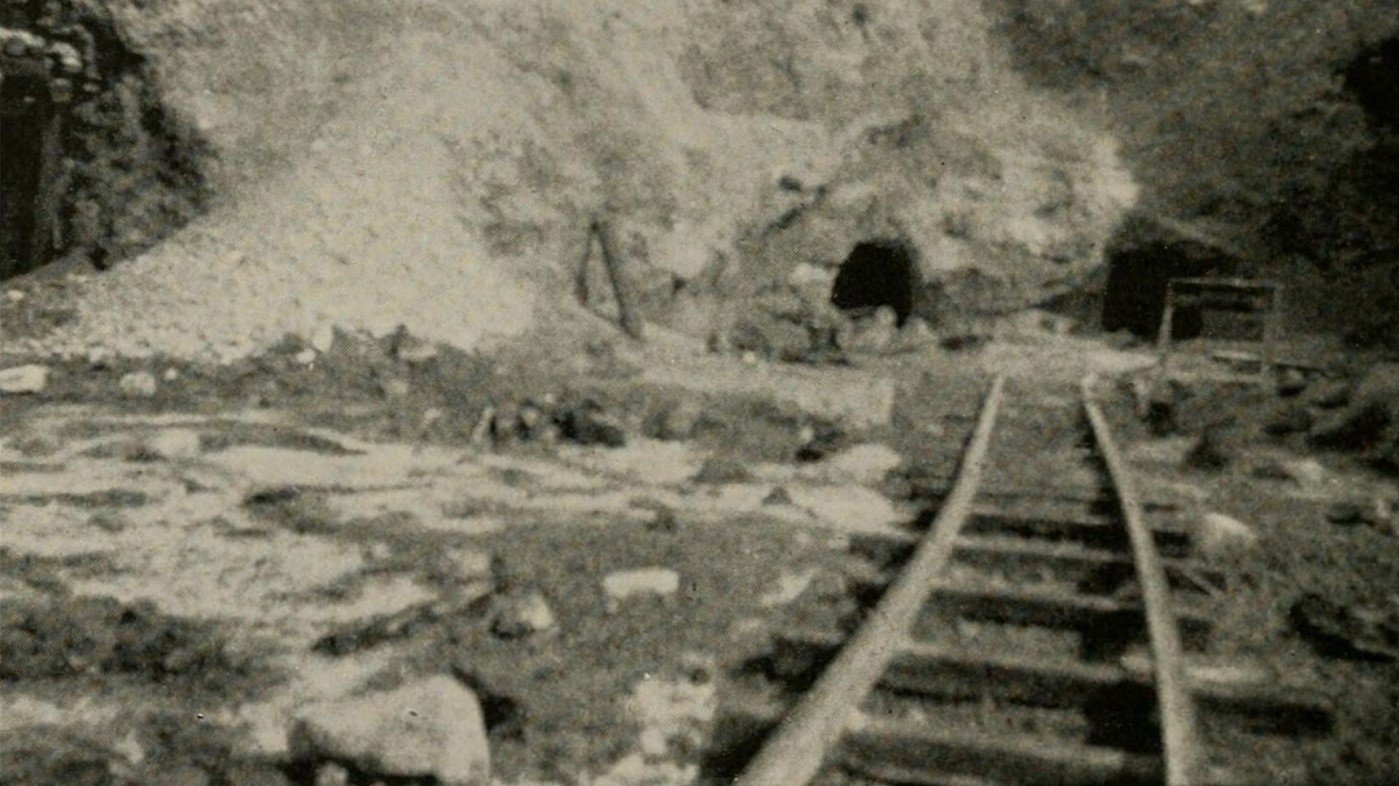
The Sulphur Bank Mine’s history traces back to the 1860s when it significantly contributed to mercury production in the United States. This mercury was essential for gold extraction processes, linking the mine to California’s broader mining heritage.
However, the environmental aftermath of these operations has left a lasting scar, with toxic substances like arsenic and mercury permeating the land and water. Today’s cleanup efforts are a response to the enduring impact of these historical activities, highlighting a commitment to rectifying past environmental damages.
Clear Lake’s Environmental Plight
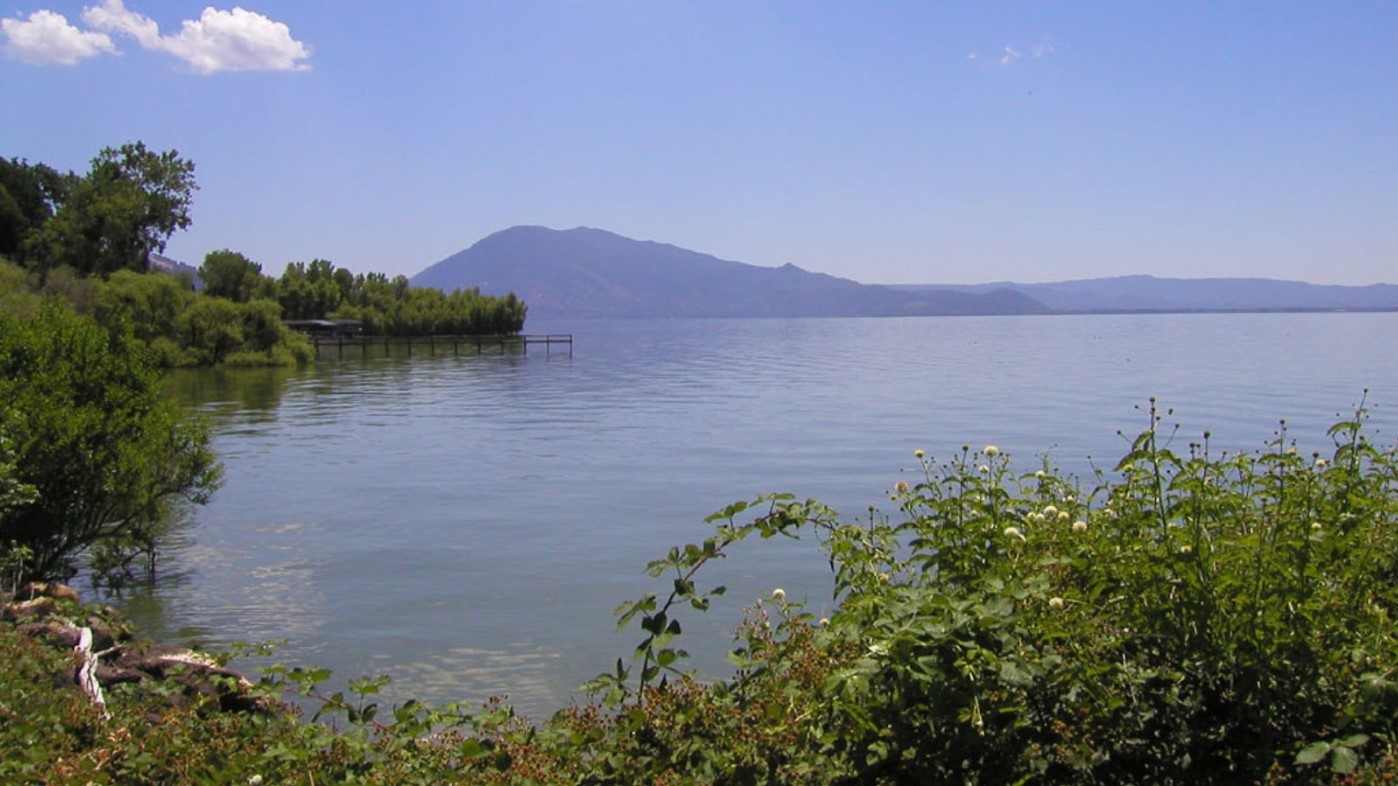
The proximity of the Sulphur Bank Mine to Clear Lake has led to considerable mercury contamination, affecting the lake’s wildlife and posing health risks to the local population, particularly affecting fish populations and water quality, The Mercury News reports.
“The whole place looks like a World War II battlefield,” Jeffrey Mount, former chairman of the geology department at UC Davis, said.
The Elem Indian Colony’s Struggle

Adjacent to the Sulphur Bank Mine, the Elem Indian Colony has endured the brunt of the site’s toxic legacy. Generations of this community have lived in close proximity to the pollution, with significant health and environmental repercussions.
The cleanup project is particularly significant for the colony, offering a hope for a cleaner, safer environment.
A Comprehensive Cleanup Strategy
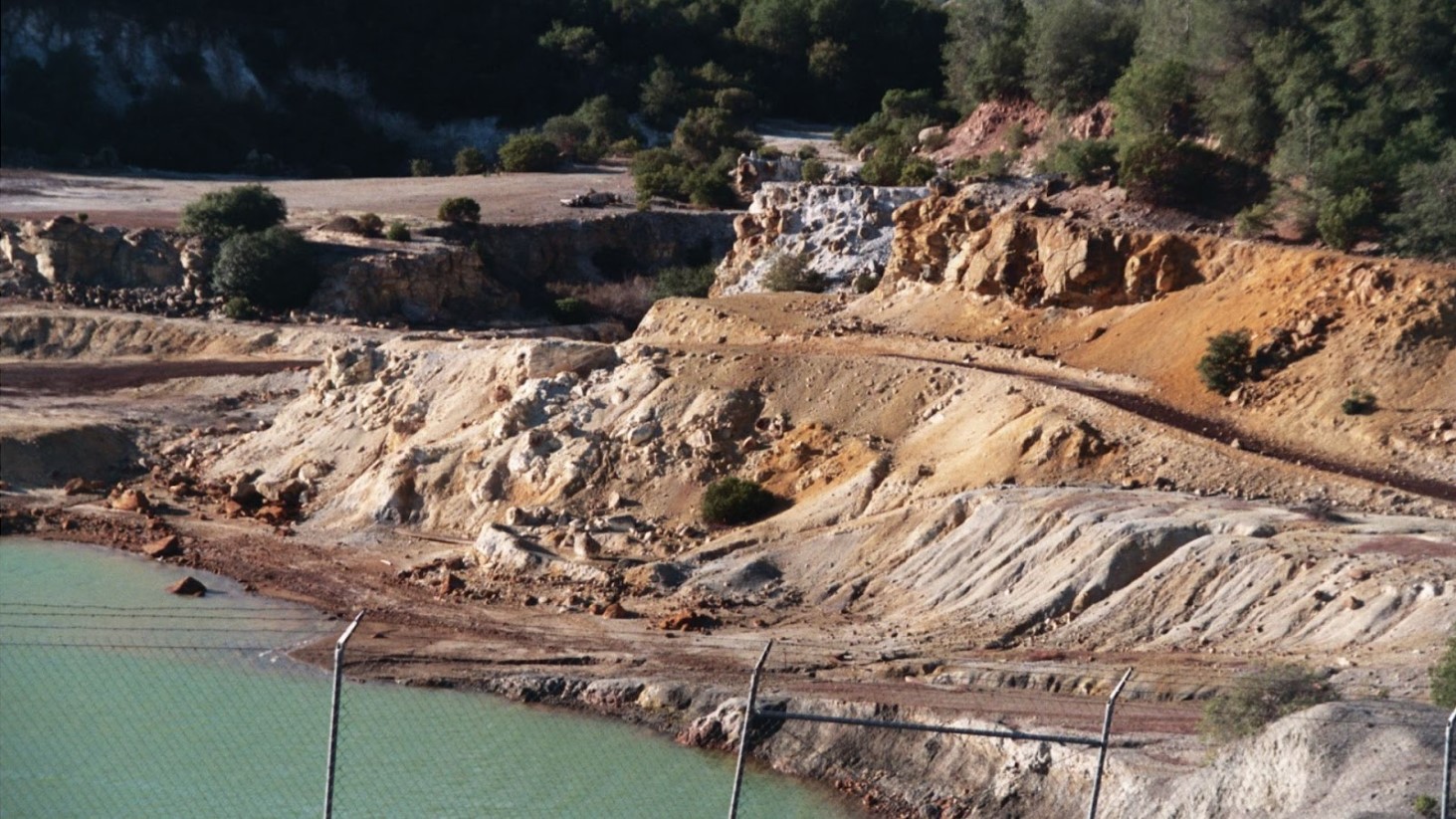
The EPA’s cleanup plan involves a detailed strategy to mitigate the mine’s environmental impact. By moving and securing the toxic waste, the project aims to significantly reduce the risk of further contamination.
The cleanup is said to begin next year and is scheduled to finish by 2029, The Mercury News reveals.
Restoration and Hope for the Future
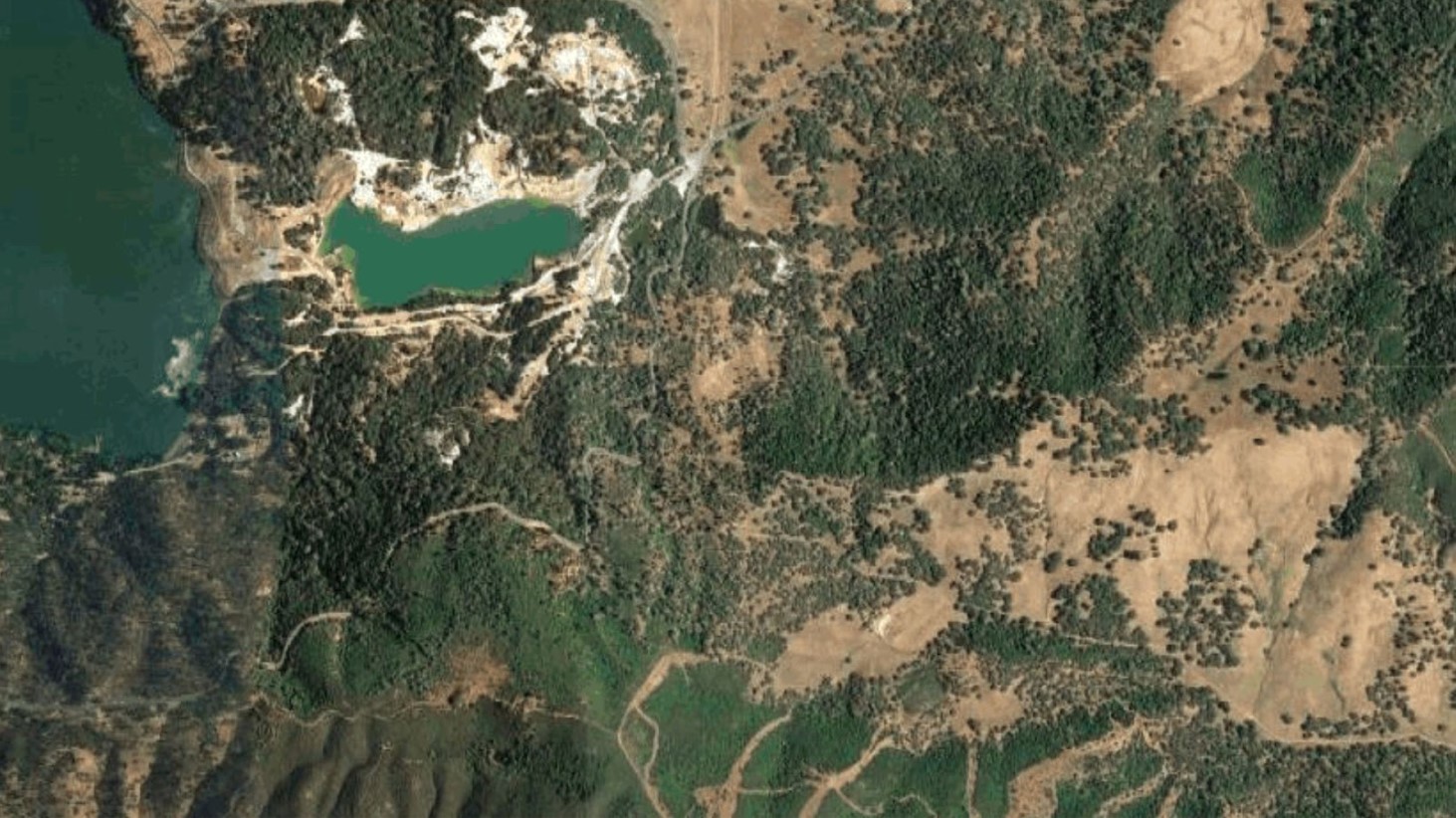
The cleanup project not only aims to address the immediate environmental hazards but also to restore the land for future use.
By reintroducing native vegetation and securing the contaminated materials, the EPA hopes to revitalize the area, transforming a site of ecological despair into a place of renewal.
The Voices of the Community
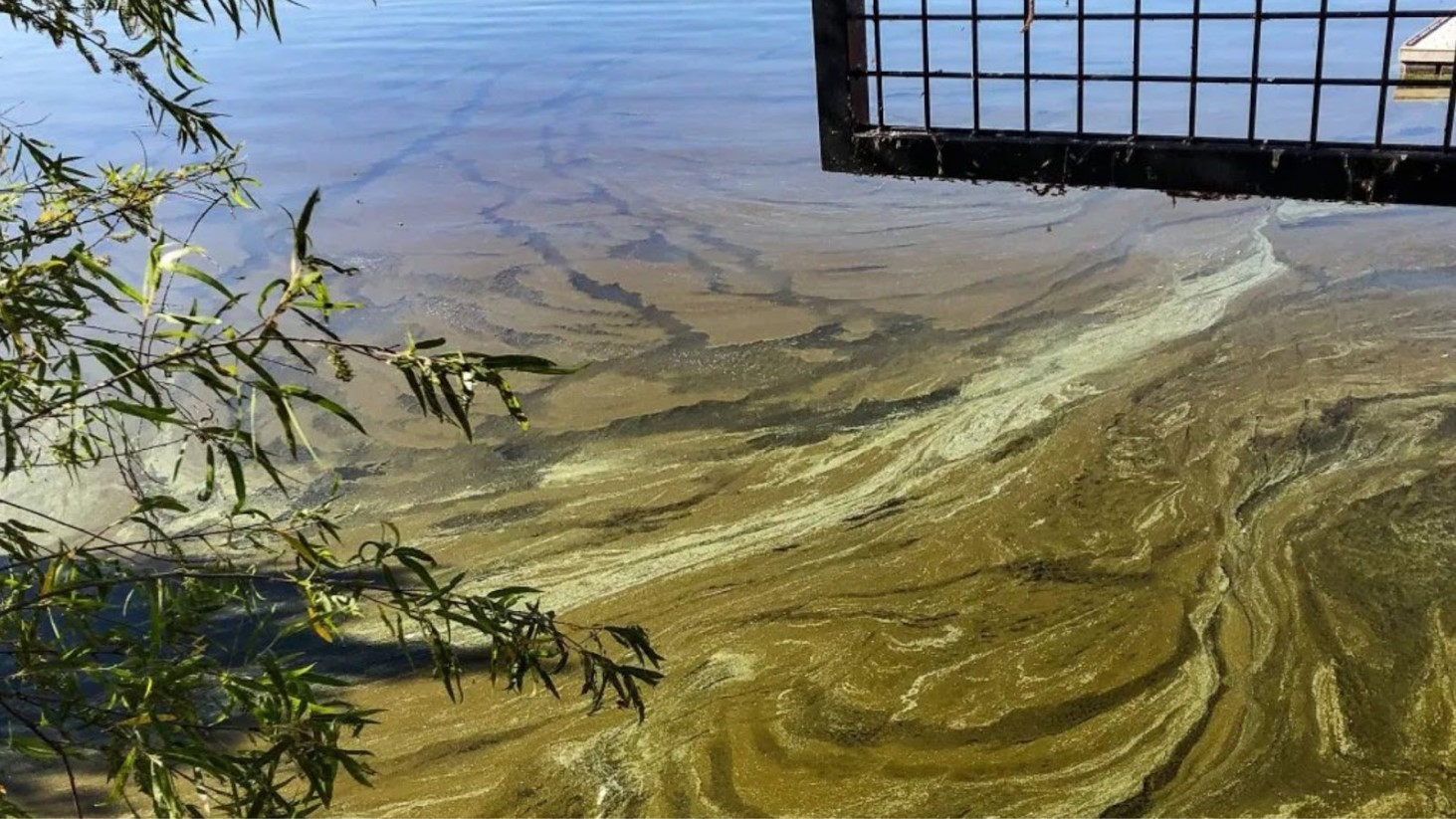
Community leaders, particularly from the Elem Indian Colony, have expressed both relief and impatience regarding the cleanup efforts.
Agustin Garcia, chairman of the Elem Tribal Council, based in Santa Rosa, said, “I’m 41 years old, when the EPA first came in to do sampling here, I was 8 or 9. Our people are still fighting the fight. We are hoping the remediation will be done in our lifetime. But I inherited it from my parents, and they inherited it from their parents, and they inherited it from their parents. It’s grim.”
Economic Disparities and Environmental Justice
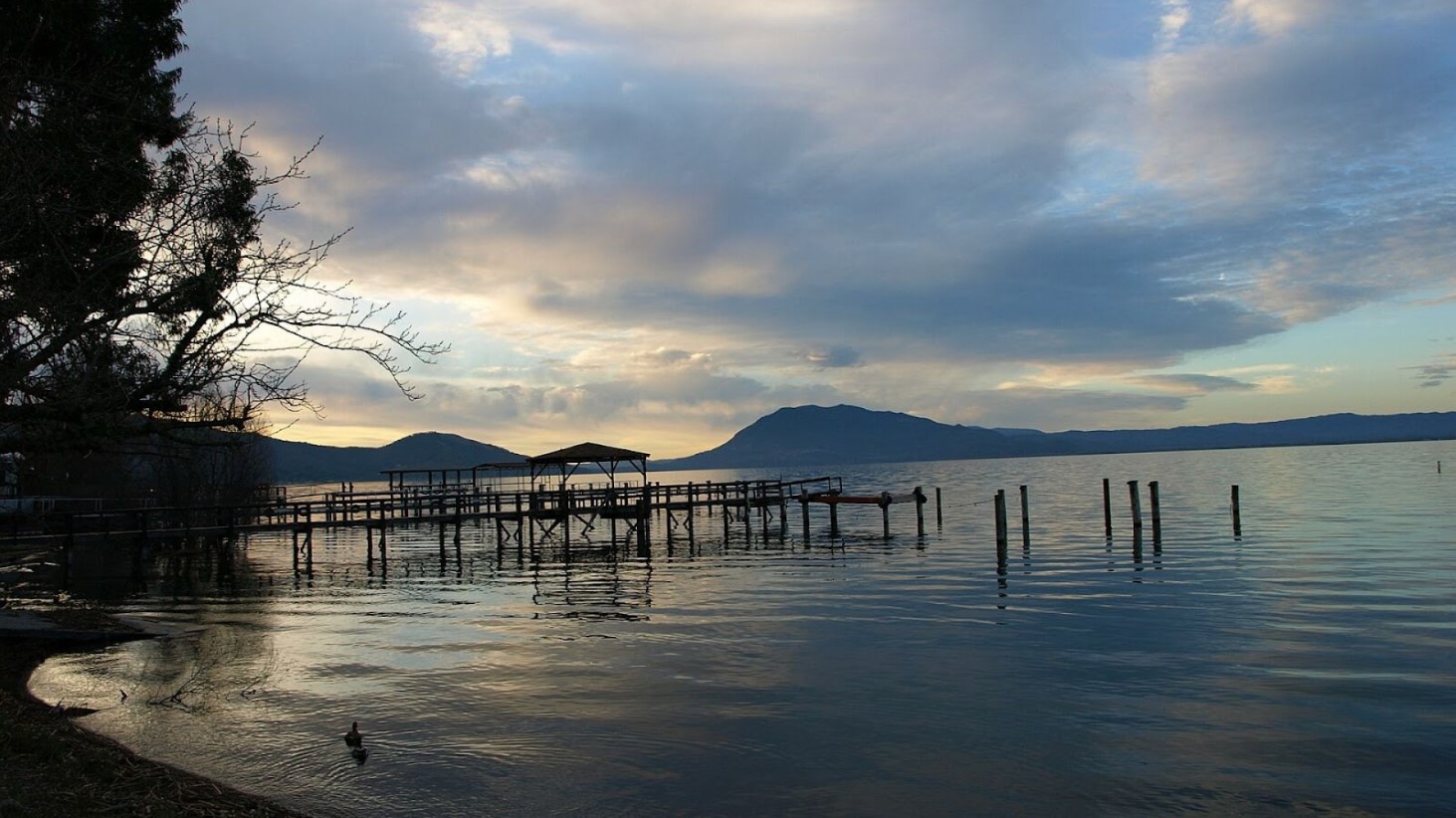
The economic context of Lake County, where the Sulphur Bank Mine is located, adds another layer to the story.
With a median household income significantly below the California average, the region’s economic challenges are intertwined with its environmental issues.
Progress and Perspective in Mine Cleanup

Mike Montgomery, the EPA’s regional Superfund director, acknowledges the gradual advancements in addressing the contamination at the Sulphur Bank Mine, stating, “We’ve made incremental progress. But this is a big step forward.”
This acknowledgment comes as the EPA embarks on a more significant phase of the cleanup, as a result of government funding, signaling a pivotal shift from piecemeal improvements to a comprehensive remediation effort.
A Historical Overview of Mining’s Impact
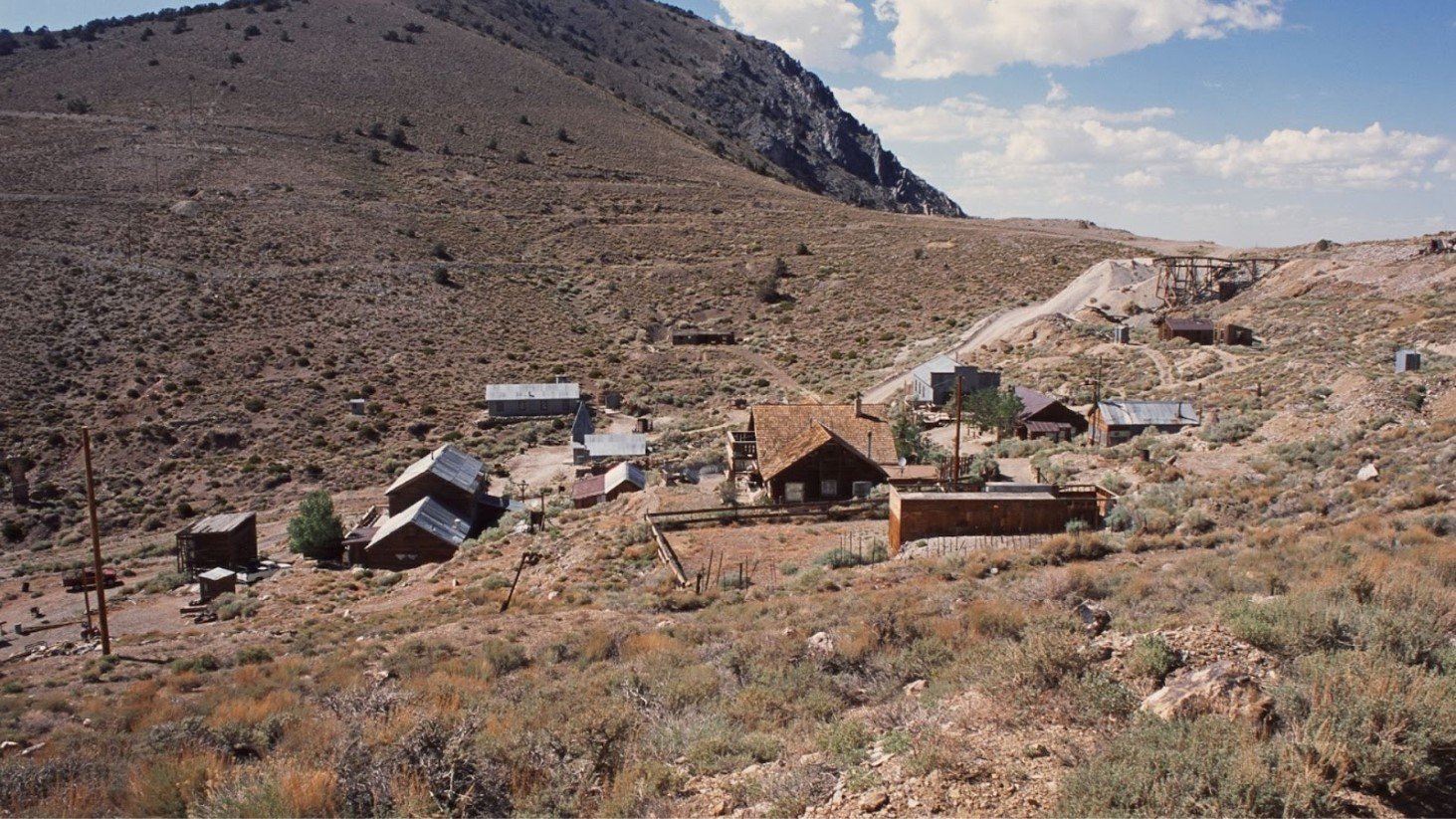
The history of the Sulphur Bank Mine is emblematic of a larger issue affecting California, where approximately 47,000 abandoned mines dot the landscape, relics of a bygone era of unbridled resource extraction.
The state’s Department of Conservation highlights that over 5,000 of these sites continue to pose environmental hazards.
The Legacy of Mercury Mining
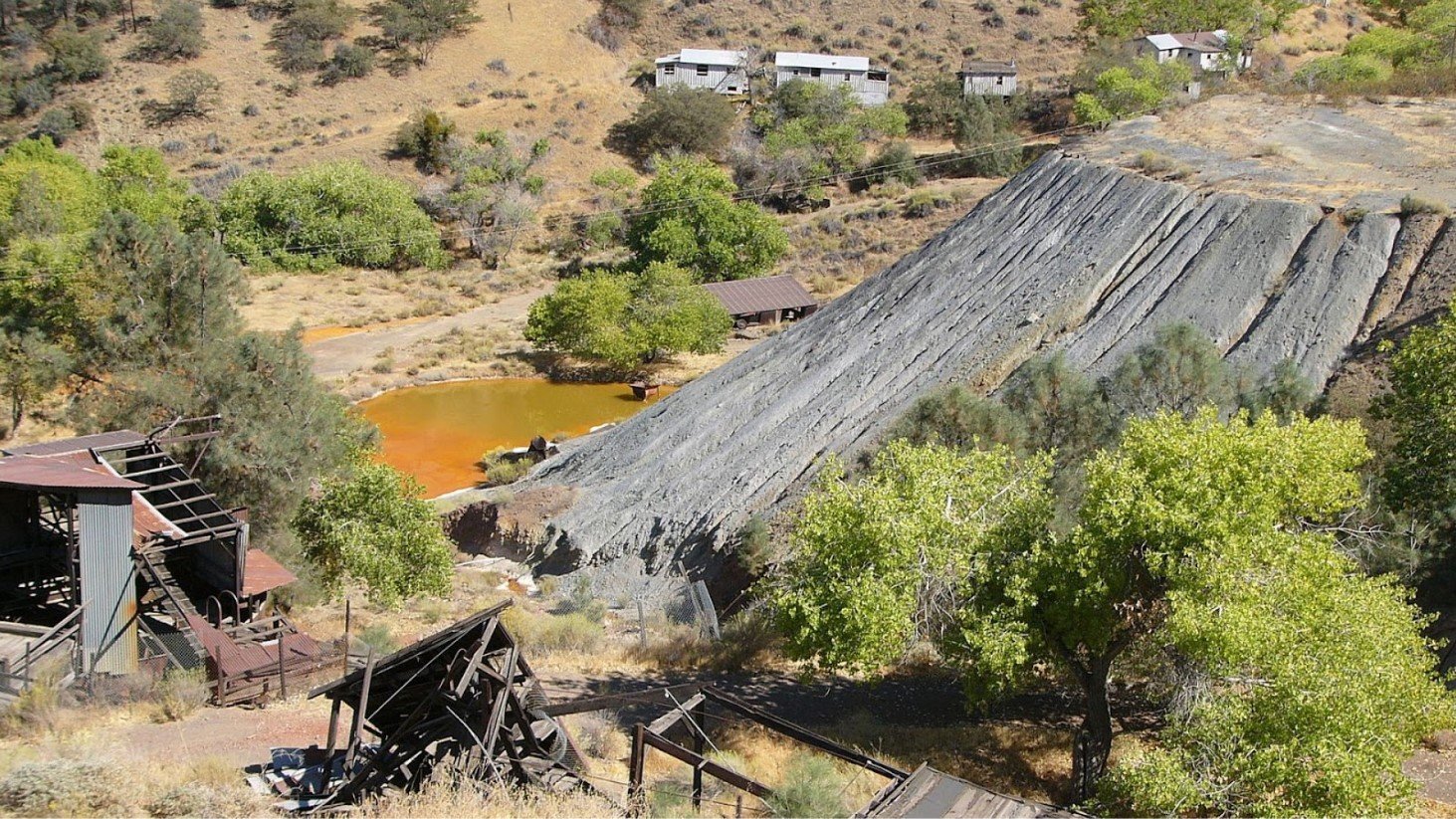
Mercury mining, integral to the state’s industrial past, has left a particularly toxic legacy, with sites like the New Almaden and New Idria mines representing significant environmental challenges.
The cleanup of such sites is not just an environmental necessity but also a reflection on the historical attitudes toward natural resource exploitation, where the immediate gains were often prioritized over long-term environmental health, The Mercury News explains.
Reflecting on the Past, Addressing the Future
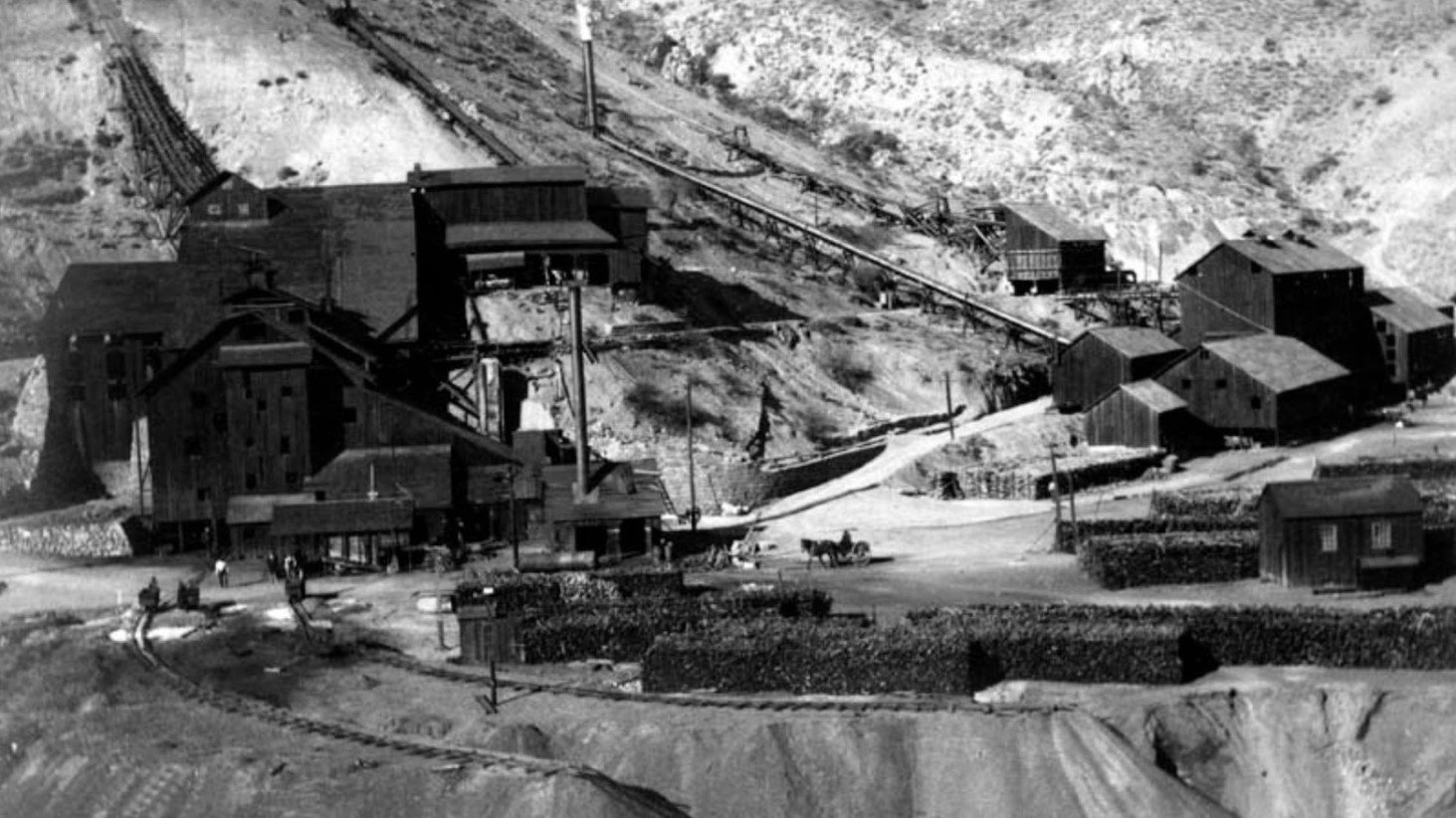
The efforts to remediate sites like the Sulphur Bank Mine bring to light the broader historical context of mining in the West, where the rush to exploit resources left a lasting imprint on the landscape.
Today’s cleanup efforts, funded by taxpayers, can be seen as an attempt to address the consequences of past actions, aiming to rectify the environmental degradation left by those whose goal “was to grab as much as you could,” Mount said. “Sulphur Bank Mine is just one example of that.”








































